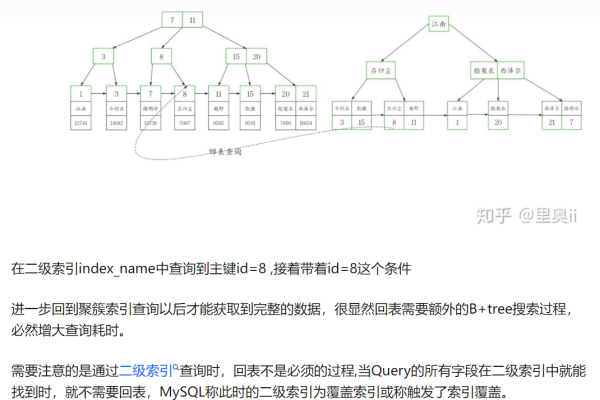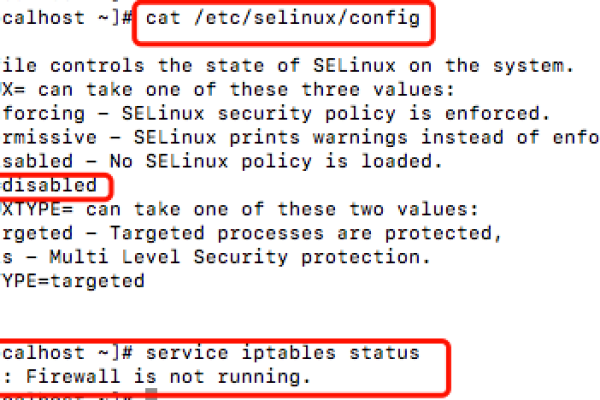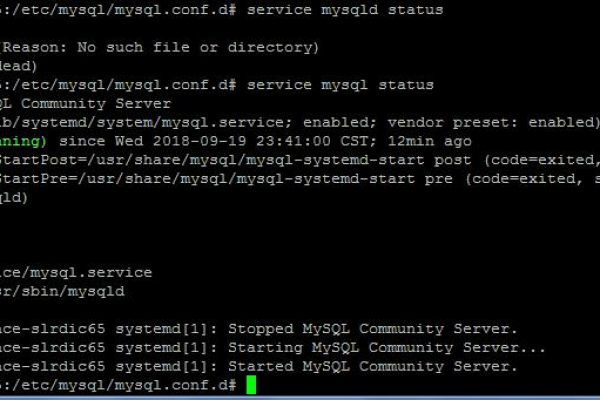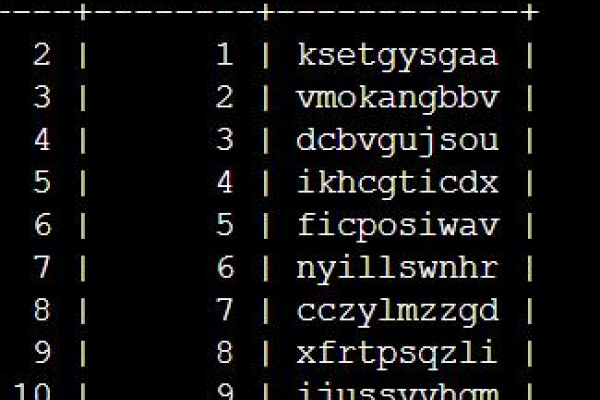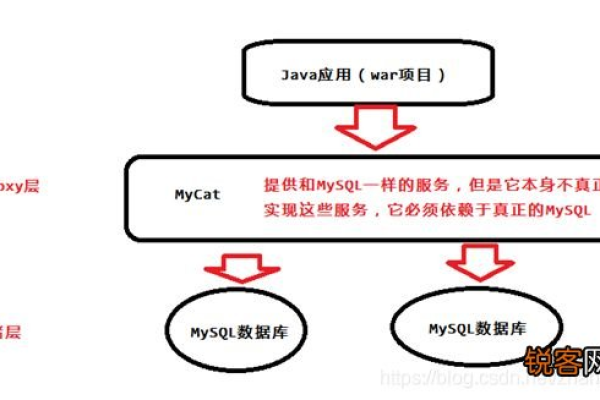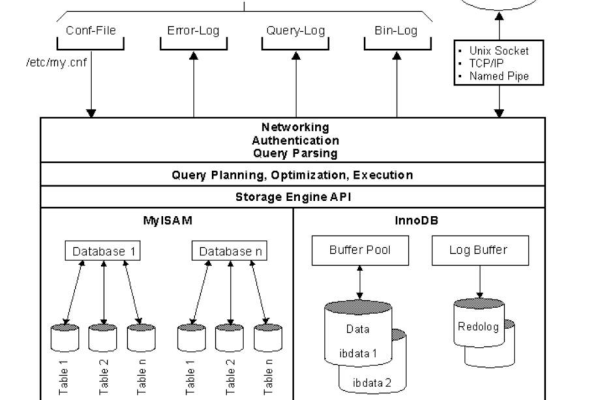python连接数据库mysql_配置云数据库MySQL/MySQL数据库连接
- 行业动态
- 2024-07-09
- 5
Python连接数据库:配置云数据库MySQL/MySQL数据库连接
安装MySQL驱动
在Python中连接MySQL数据库前,需要安装适当的数据库驱动程序,最常用的驱动之一是mysqlconnectorpython,这个驱动可以通过Python的包管理工具pip进行安装,安装命令如下:
pip install mysqlconnectorpython
连接MySQL数据库
使用mysqlconnectorpython 连接MySQL数据库通常包括以下几个步骤:
1、导入驱动:首先需要在Python脚本中导入mysql.connector 模块。
2、创建连接:使用mysql.connector.connect() 方法创建到数据库的连接,需要提供数据库服务器地址、用户名、密码和数据库名等参数。

3、创建游标:连接成功后,通过connection.cursor() 方法创建一个数据库游标对象,用于执行SQL命令。
4、执行SQL命令:通过游标对象的execute() 方法执行SQL查询或命令。
5、获取和处理结果:对于查询操作,可以使用游标对象的fetchall() 或fetchone() 方法获取查询结果集,并进行相应处理。
6、关闭游标和连接:完成所有数据库操作后,应关闭游标和数据库连接以释放资源。
Python代码示例

下面是一个简单的Python代码示例,演示如何连接到本地MySQL数据库并执行查询操作:
import mysql.connector
创建到数据库的连接
cnx = mysql.connector.connect(user='username', password='password',
host='localhost', database='test_db')
创建数据库游标对象
cursor = cnx.cursor()
执行SQL查询
cursor.execute("SELECT * FROM table_name")
获取查询结果集
result = cursor.fetchall()
输出查询结果
for row in result:
print(row)
关闭游标和连接
cursor.close()
cnx.close()
安全性注意事项
在编写连接数据库的代码时,需要注意以下几点以确保安全:
避免明文存储敏感信息:不应在代码中直接写入数据库连接的用户名和密码,建议使用环境变量或配置文件来管理这些敏感信息,并在代码中动态读取。
使用连接池:为了提高性能和资源利用率,可以考虑使用数据库连接池技术,尤其是在高并发的应用场景下。

错误处理:合理地处理可能发生的异常,例如数据库连接失败、执行SQL命令错误等。
本文介绍了如何使用Python连接到MySQL数据库,涵盖了安装驱动、建立连接、创建游标、执行SQL命令、处理结果以及安全性注意事项等内容,通过Python连接和操作MySQL数据库是一个常见且实用的需求,适用于多种应用场景,如数据分析、网站后台开发等。
